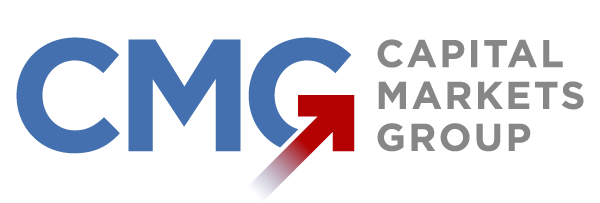Is an Unsecured Line of Credit Right for My Business?
Businesses need a steady flow of cash to continue operations. Expenses such as payroll must be paid on time, regardless of whether monthly collections are down. Vendors will stop delivering needed supplies, production materials and inventory if they do not get paid. When a key client is slow to pay or an unexpected expense comes along, companies may need to find alternate sources of operating capital. Business lines of credit can be a great way to solve cash flow problems. Both secured and unsecured credit lines have pros and cons to consider before choosing the best option.
Secured Line of Credit
A secured line of credit uses company assets as collateral. Businesses often use accounts receivable to back their credit line because it is one of their largest assets. They have to periodically certify the value of the receivables by submitting an accounts receivable aging report to the lender. After deducting the past-due receivables, what remains will become the new borrowing base or credit limit. Inventory, equipment and other assets can also be used as collateral.
Secured business lines of credit have a reduced risk for the lender, so they generally have a lower interest rate than unsecured lines. However, pledging company assets can be risky, particularly if the asset being used as collateral is one the company couldn’t operate without.
Unsecured Line of Credit
An unsecured line of credit does not require collateral. Because of the higher risk, they usually carry a higher interest rate and may also require a personal guarantee from one or more of the company’s owners. Companies just starting out may have difficulty qualifying for an unsecured line of credit. Without a good business credit history, the lender may require that the owners have high personal credit scores and the company has a significant annual revenue.
Secured lines of credit are much easier to qualify for and usually carry a lower interest rate. However, before deciding which assets to use as collateral, consider what could happen if the company defaults on the loan. If the bank has to take the pledged asset as repayment, could the company continue to operate? Accounts receivable is a common asset to use as collateral. Equipment, inventory and real estate are also among those assets used. Unsecured business lines of credit are typically awarded to well-established companies with a good credit history and high annual revenue. Whether secured or unsecured, a credit line is a valuable financial tool.
